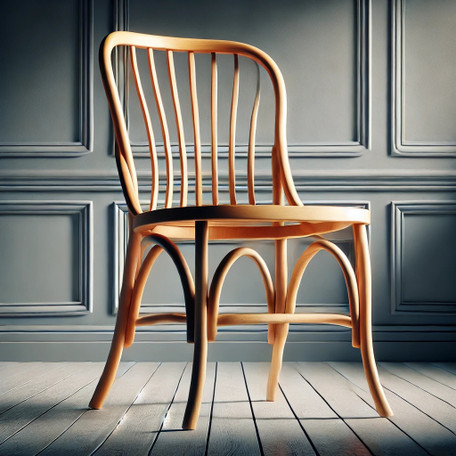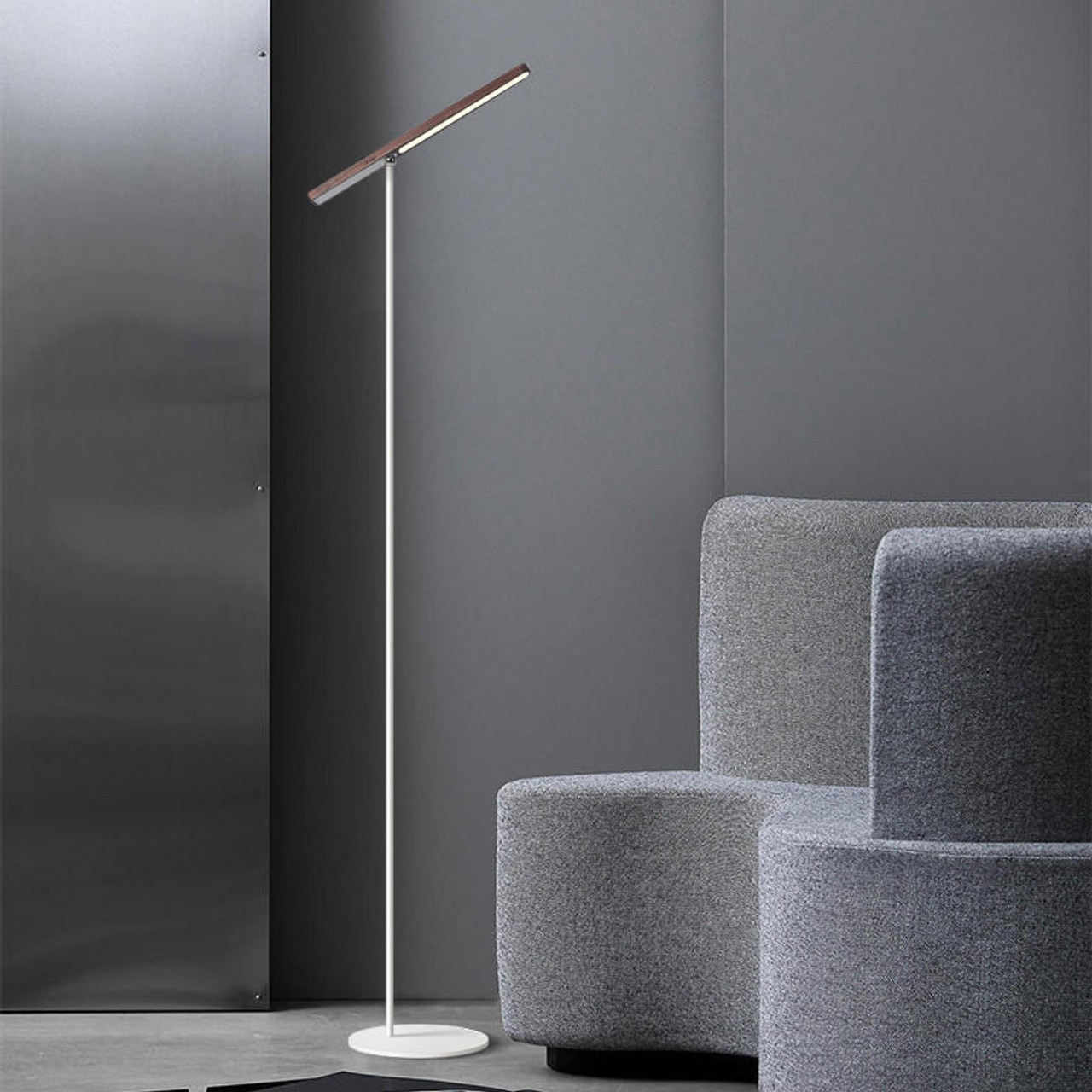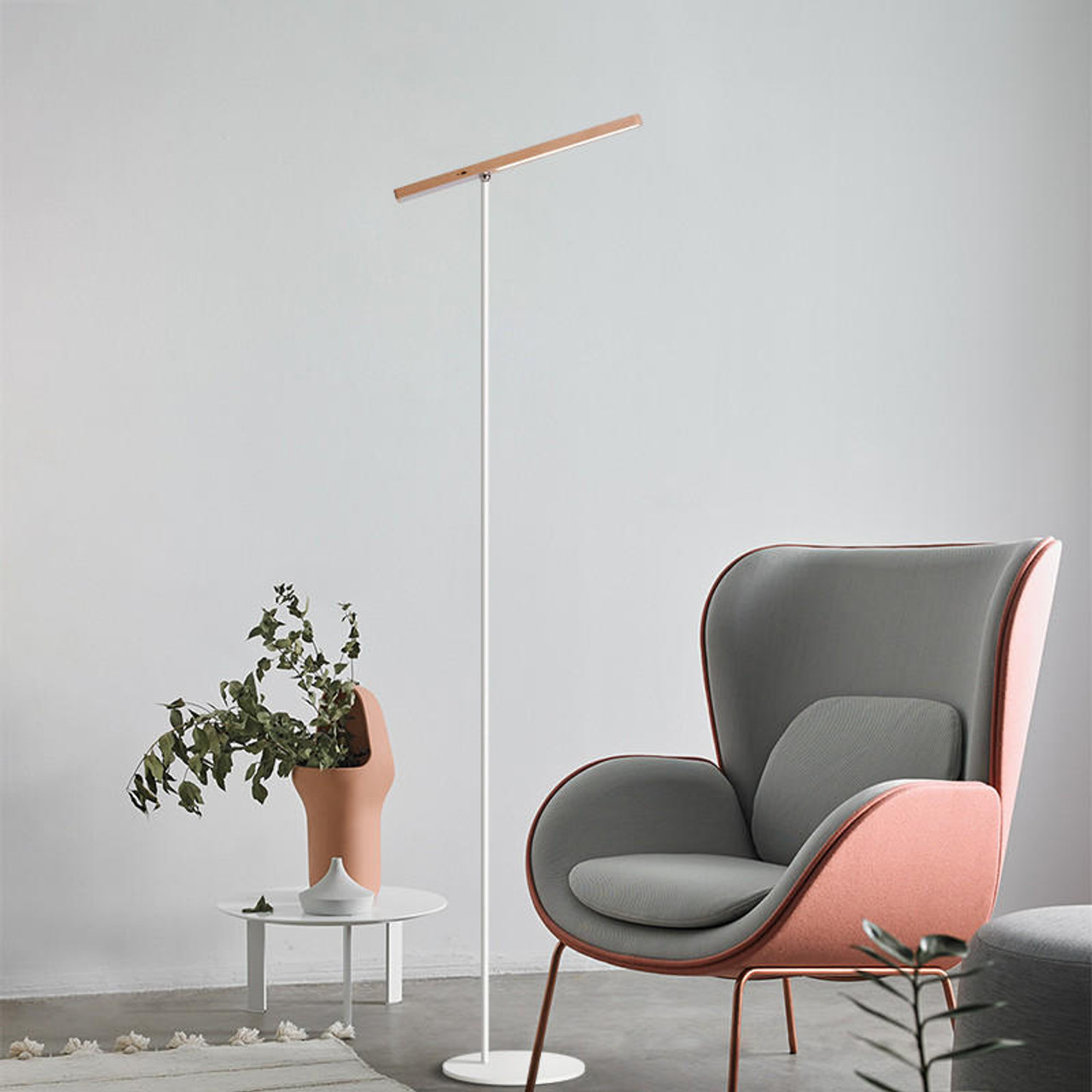Michael Thonet: The Visionary Creator of the Bopparder Schichtholzstuhl Boppard Layerwood Chair
Aug 29, 2024
Michael Thonet: The Visionary Creator of the Bopparder Schichtholzstuhl (Boppard Layerwood Chair)
In the history of furniture design, few names resonate as profoundly as Michael Thonet. A master craftsman and innovative designer, Thonet is best known for revolutionizing furniture manufacturing with his pioneering work in bentwood technology. Among his many celebrated creations, the Bopparder Schichtholzstuhl, or Boppard Layerwood Chair, stands out as a significant milestone in his career. This chair not only showcased Thonet’s ingenuity but also laid the groundwork for modern furniture design and mass production techniques that continue to influence the industry today.
This blog delves into the life and legacy of Michael Thonet, focusing on the creation of the Bopparder Schichtholzstuhl. We will explore Thonet’s background, the design and manufacturing process of the chair, its impact on the furniture industry, and the enduring significance of his work.
The Early Life of Michael Thonet
Michael Thonet was born on July 2, 1796, in Boppard, a town on the Rhine River in what is now Germany. Raised in a family of craftsmen, Thonet was exposed to woodworking from a young age. He trained as a cabinetmaker, a profession that required a deep understanding of wood as a material and the skills to transform it into functional and aesthetically pleasing furniture.
Thonet’s early work was marked by traditional craftsmanship, with a focus on hand-carved, solid wood furniture. However, Thonet’s innate curiosity and desire to innovate soon led him to explore new methods and materials. He was particularly interested in finding ways to make furniture more durable, lightweight, and affordable without sacrificing quality or design.
The Invention of the Bopparder Schichtholzstuhl
In the 1830s, Michael Thonet began experimenting with a new technique that involved bending thin layers of wood, known as veneers, into curved shapes. This method, known as “Schichtholztechnik” or layerwood technology, allowed Thonet to create furniture pieces that were both strong and lightweight, with graceful, flowing lines that were difficult to achieve with solid wood.
The culmination of Thonet’s early experiments was the creation of the Bopparder Schichtholzstuhl, or Boppard Layerwood Chair. Designed in 1836, this chair was a groundbreaking achievement in furniture design. The Bopparder Schichtholzstuhl was made by laminating thin layers of wood together and then bending them into the desired shape using steam. Once the layers were bent, they were glued together to form a single, cohesive structure.
This process not only allowed for the creation of curved forms that were previously unattainable but also made the chair incredibly durable and lightweight. The use of veneers also meant that the chair could be produced more efficiently and at a lower cost than traditional solid wood furniture, making it accessible to a broader audience.
Design and Aesthetic Appeal
The Bopparder Schichtholzstuhl was celebrated for its elegant design and functional appeal. The chair’s curved backrest and seat provided ergonomic support, while its lightweight construction made it easy to move and transport. The simplicity of its design, with clean lines and minimal ornamentation, reflected the emerging modernist aesthetic that valued form and function over elaborate decoration.
The chair’s aesthetic appeal was further enhanced by the natural beauty of the wood veneers, which showcased the grain and texture of the material. Thonet’s use of veneers also allowed for a variety of finishes, from natural wood tones to stained or painted surfaces, giving the chair a versatility that made it suitable for a range of interiors.
Impact on the Furniture Industry
The success of the Bopparder Schichtholzstuhl marked the beginning of a new era in furniture design and manufacturing. Thonet’s innovative use of bentwood technology revolutionized the industry, paving the way for the mass production of affordable, high-quality furniture. The Bopparder Schichtholzstuhl was not just a chair; it was a symbol of the possibilities that could be achieved through innovation and ingenuity.
In 1841, Thonet presented his bentwood furniture at the Koblenz Fair, where it caught the attention of Austrian Chancellor Prince Metternich. Impressed by Thonet’s work, Metternich invited him to Vienna, where Thonet continued to develop and refine his bentwood techniques. This move would prove to be a turning point in Thonet’s career, leading to the establishment of his first factory in 1853 and the eventual creation of the iconic Thonet No. 14 chair, also known as the “Vienna Chair.”
The principles and techniques that Thonet pioneered with the Bopparder Schichtholzstuhl became the foundation for his later work, which included a range of bentwood furniture that remains popular to this day. The success of these designs not only solidified Thonet’s reputation as a master craftsman but also established bentwood furniture as a staple of modern interior design.
The Legacy of the Bopparder Schichtholzstuhl
The Bopparder Schichtholzstuhl holds a special place in the history of furniture design, not only for its innovative construction but also for its enduring influence on the industry. The chair’s design principles—elegance, simplicity, and functionality—continue to resonate with contemporary designers and consumers alike.
Today, the Bopparder Schichtholzstuhl is considered a classic example of early modernist design. It is often displayed in museums and design exhibitions as a symbol of Thonet’s contribution to the development of modern furniture. The chair’s influence can be seen in the work of countless designers who have followed in Thonet’s footsteps, exploring new materials and techniques to create furniture that is both beautiful and functional.
Moreover, the Bopparder Schichtholzstuhl serves as a reminder of the importance of innovation in design. Thonet’s willingness to experiment with new methods and materials led to the creation of a chair that not only met the needs of his time but also anticipated the future of furniture design. His work continues to inspire designers to think outside the box and push the boundaries of what is possible.
Conclusion
Michael Thonet’s creation of the Bopparder Schichtholzstuhl was a pivotal moment in the history of furniture design. This chair, with its innovative use of bentwood technology, not only showcased Thonet’s mastery of craftsmanship but also laid the foundation for modern furniture manufacturing. The Bopparder Schichtholzstuhl remains a testament to Thonet’s vision and ingenuity, reflecting the timeless principles of elegance, simplicity, and functionality that continue to define great design.
As we look back on the legacy of Michael Thonet, it is clear that his contributions to the world of furniture design are as relevant today as they were in the 19th century. The Bopparder Schichtholzstuhl stands as a symbol of his enduring influence, reminding us of the power of innovation to transform the ordinary into the extraordinary. Whether displayed in a museum, used in a home, or admired as a piece of design history, the Bopparder Schichtholzstuhl is a lasting tribute to the genius of Michael Thonet, the visionary creator who forever changed the way we think about furniture.




